We all have that one problem tree in the backyard around which nothing will grow. The ground under the branches displays little more than patches of bare soil.
If you’re reading this post, your problem tree might be a spruce, or perhaps you’re simply searching for inspiration on landscaping for under your spruce trees. Whatever your reason for being here, the tips, ideas, and plant list below will help you on your way.
About Spruce Trees
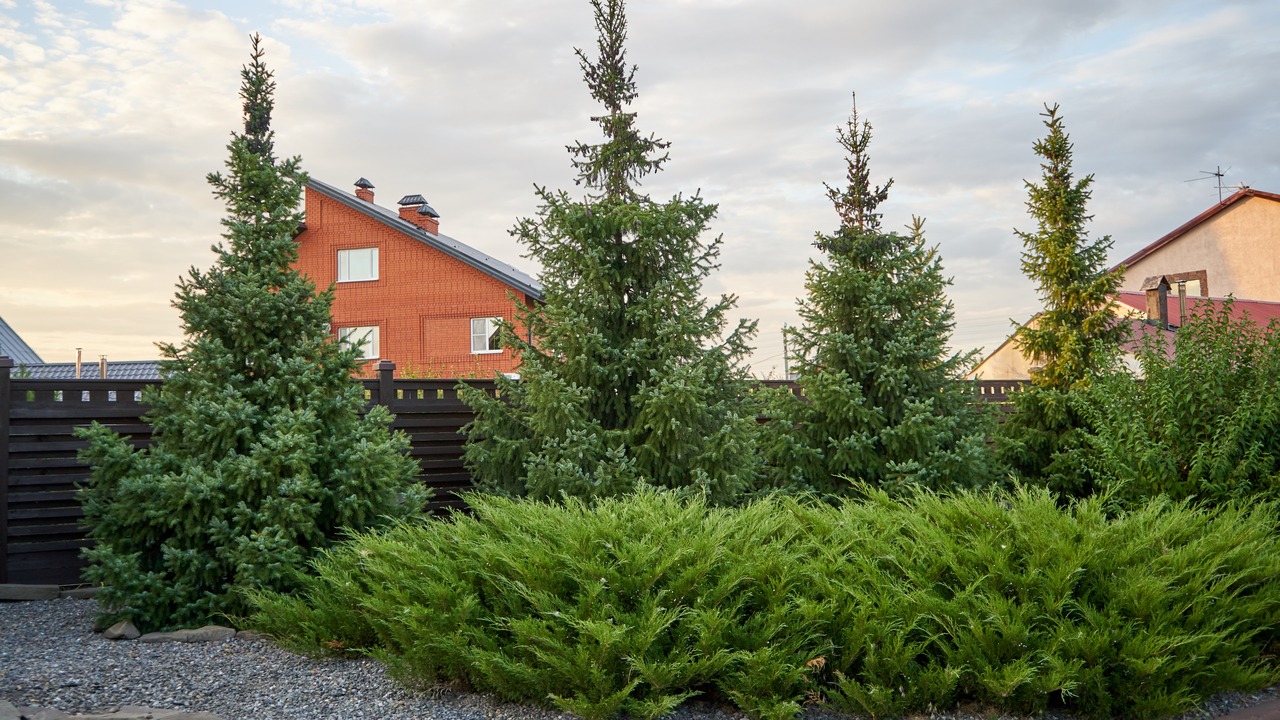
Image Credit: Shutterstock.
Spruce trees belong to the genus Picea, within the pine family (Pinaceae). There are two easy ways to distinguish a spruce from other conifers: by the cones and by the needles. The mature seed cones of spruce trees hang from the branches and fall from the tree completely intact. This is different from, say, a fir, which has cones that stand upright on the branches and fall in disintegrating pieces.
While needles of pine trees (Pinus) grow in clusters, those of spruces and firs appear singly. Close inspection will reveal further that each spruce needle is attached to the branch by a tiny peg, called a pulvinus, and all of the needles are arranged in a spiral.
Nearly 40 species of spruce trees exist, and beyond a few similarities, they vary widely. In size, spruce trees range from little six-foot dwarf varieties to towering 200-foot giants.
Why Won’t Anything Grow Under the Spruce Tree?
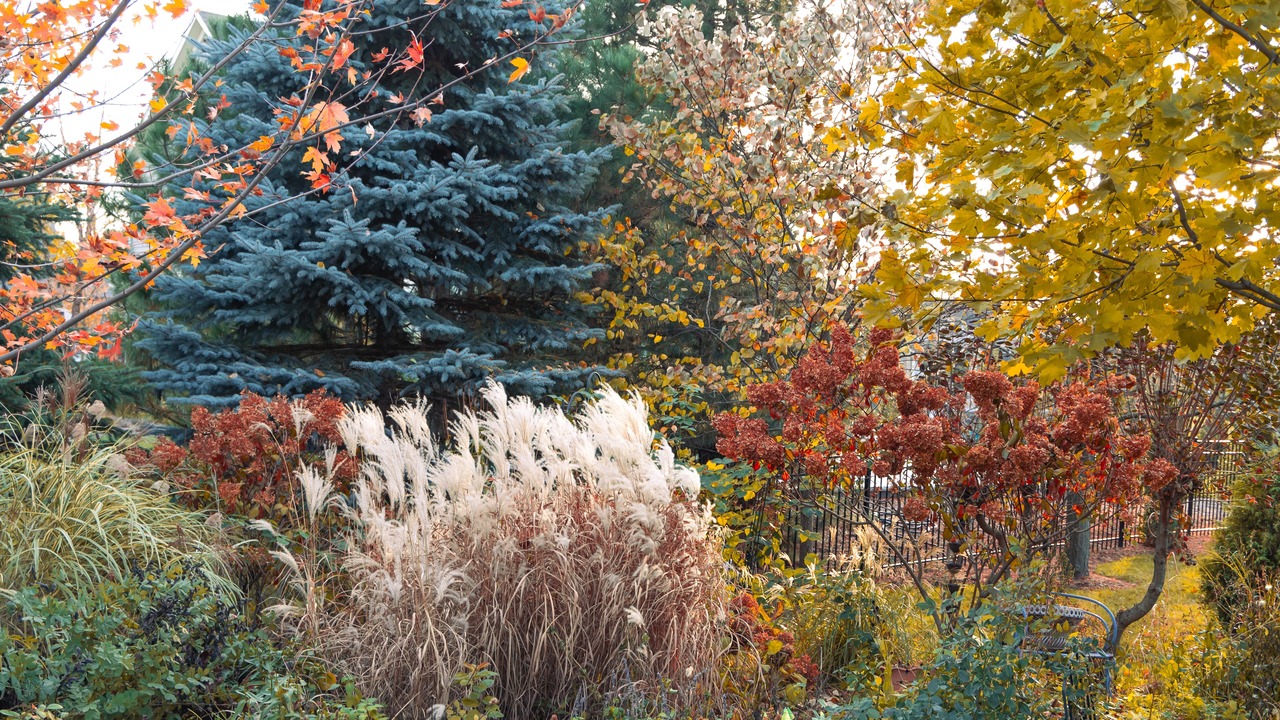
Image Credit: Shutterstock.
Now we come to the burning question: Why won’t anything grow around this beautiful tree? The number one reason plants fail to thrive under or near spruce trees is the lack of water. While large spruce trees can have very deep roots, most of their moisture-collecting roots exist within the top foot of soil, and they can suck up a lot of water.
Another challenge of growing under conifers is the acidity of the soil, caused by fallen and decomposing pine needles. These needles have an average pH of 4.5-5, while most plants prefer 6-6.5. That’s a significant difference!
Reason number three: the densely layered branches of spruce trees cast some heavy shade. Many beautiful plants thrive in full shade, but when you couple this dense shade with a lack of moisture and acidic soil, that list of plants dwindles. Those plants do exist, though! Check out the list at the end of this article for examples and inspiration.
1. Plant Farther Away From the Trunk
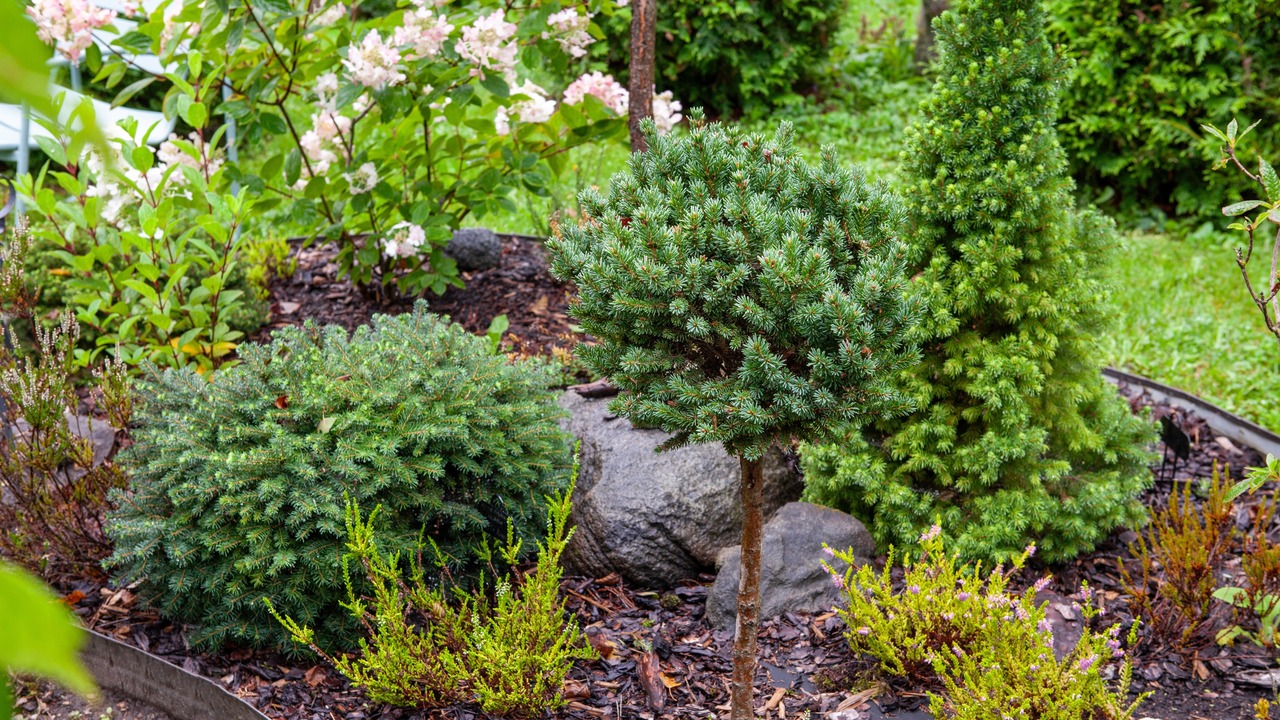
Image Credit: Shutterstock.
The area directly around the trunk of the spruce tree receives the least amount of sunlight. Additionally, the space within the dripline, or the border defined by the tips of the branches, is where the tree roots are most vulnerable. Given this, both the tree and the plants around it will benefit if you choose to plant farther away from the trunk. Many spruce trees have branches all the way to the ground, in which case all of your plants will be outside the dripline!
It’s all too easy to ignore the health and needs of the tree and simply design for aesthetics, but this is never a good idea. Damaging even a fraction of the roots can cause significant harm to the overall health of the tree.
Purchase plants in small nursery pots so that smaller holes will be required to plant them in. And while digging, take care not to cause unnecessary harm to any roots. If you know or can see the location of significant roots, it may be helpful to mark these before you lay out your plants. The farther away from the trunk you plant, the easier it will be to avoid roots.
2. Provide Supplemental Water

Plan to regularly water new plants around the spruce tree for the first year, until they become established. This is, of course, good practice for all new plants, but especially in the dry soil around a spruce tree. Hand watering will give you the opportunity to check on the plants regularly and to spend more time in the garden, though a drip line will free up your time for other tasks (or a bit of relaxation!).
If you choose your plants well (see number 6, below), they should not need much, if any, supplemental water beyond the first year. However, you may want to provide water during an exceptionally dry spell to help them out.
3. Spread a Layer of Mulch
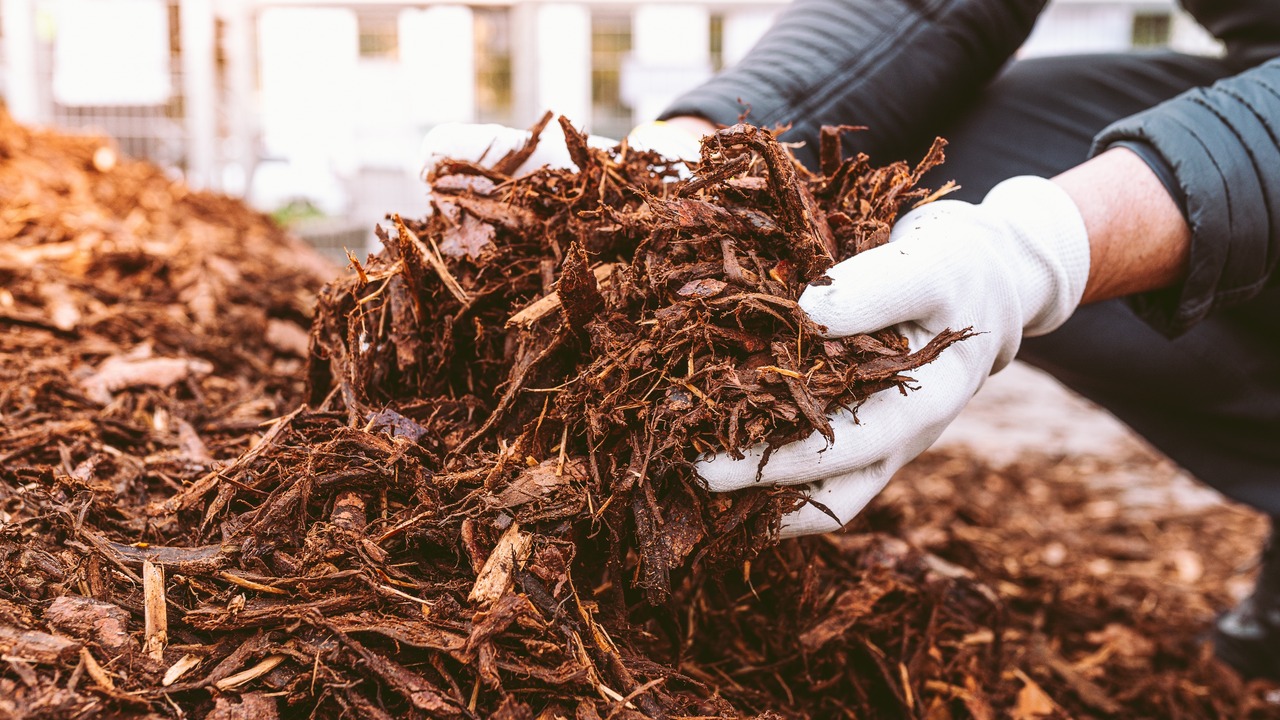
Image Credit: Shutterstock.
A layer of mulch will help protect the tree roots as well as retain moisture in the soil. About two to four inches is a good amount around trees to receive the benefits of the mulch without smothering the tree roots.
Additionally, never pile mulch up against the trunk. Instead, leave a gap of several inches between the trunk and the edge of the mulch.
4. Get Creative With Containers
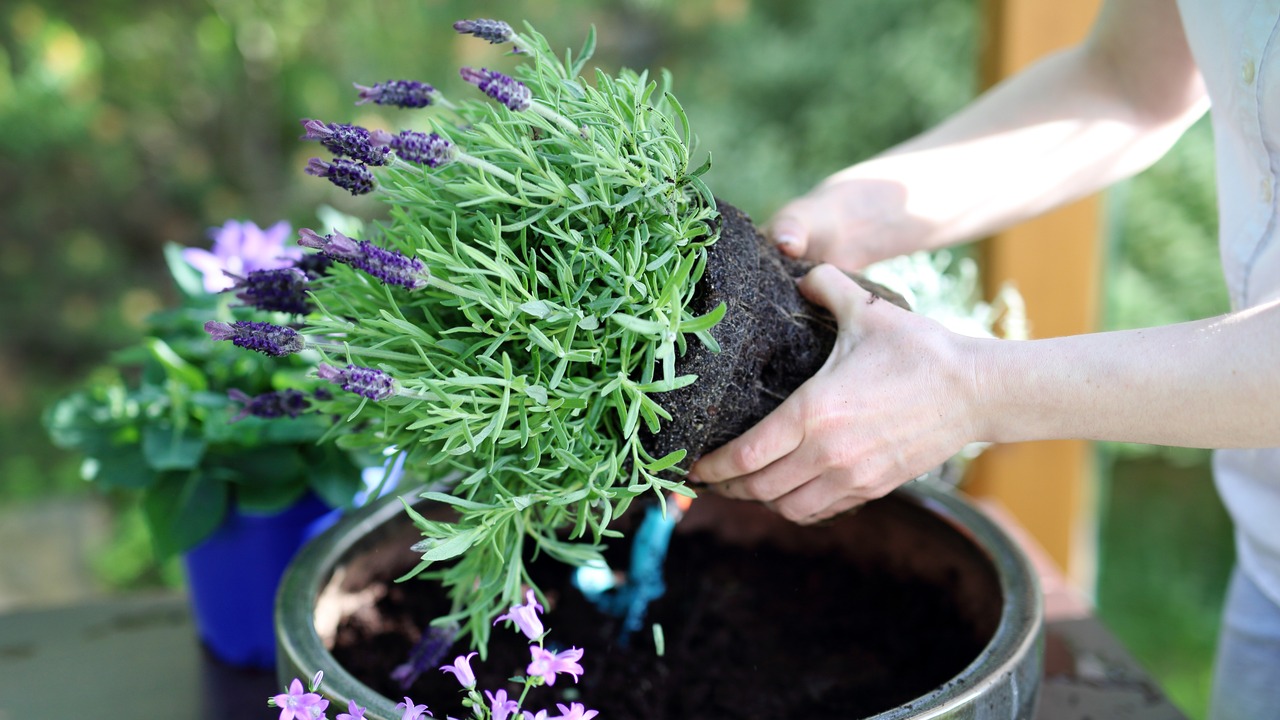
Image Credit: Shutterstock.
Containers are a great way to tuck more plants in under a spruce tree. Thirstier plants and those that prefer neutral or alkaline soil are all great candidates for container plantings, as you have more control over their growing conditions in a pot. Annuals should also go in containers rather than in the ground, because they require the soil to be dug into every year, increasing the chances of damaging tree roots.
An additional benefit of using flower pots is that you can place them just about anywhere, including right up next to the trunk, where you likely won’t have any plants in the ground. Farther out, plants arranged around the outside of a pot can benefit from any water that seeps out of the drainage holes.
5. Arrange a Few Decorative Items
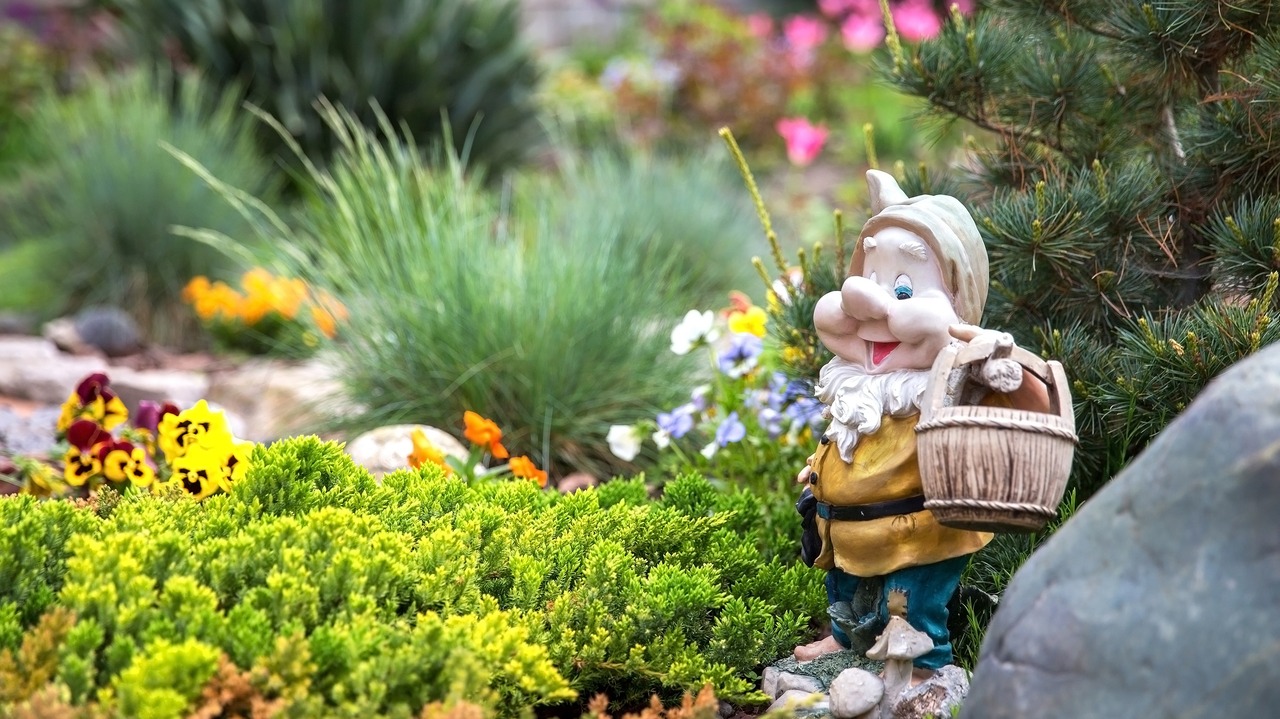
Image Credit: Shutterstock.
In addition to colorful container plantings, you can arrange other decorative items under or around a spruce tree to help fill in areas lacking plants. Decorative rocks or stones, seashells, and statuettes are all great options. A toad house can provide a wildlife habitat, while a garden gnome might add a touch of whimsy.
6. Choose the Right Plants
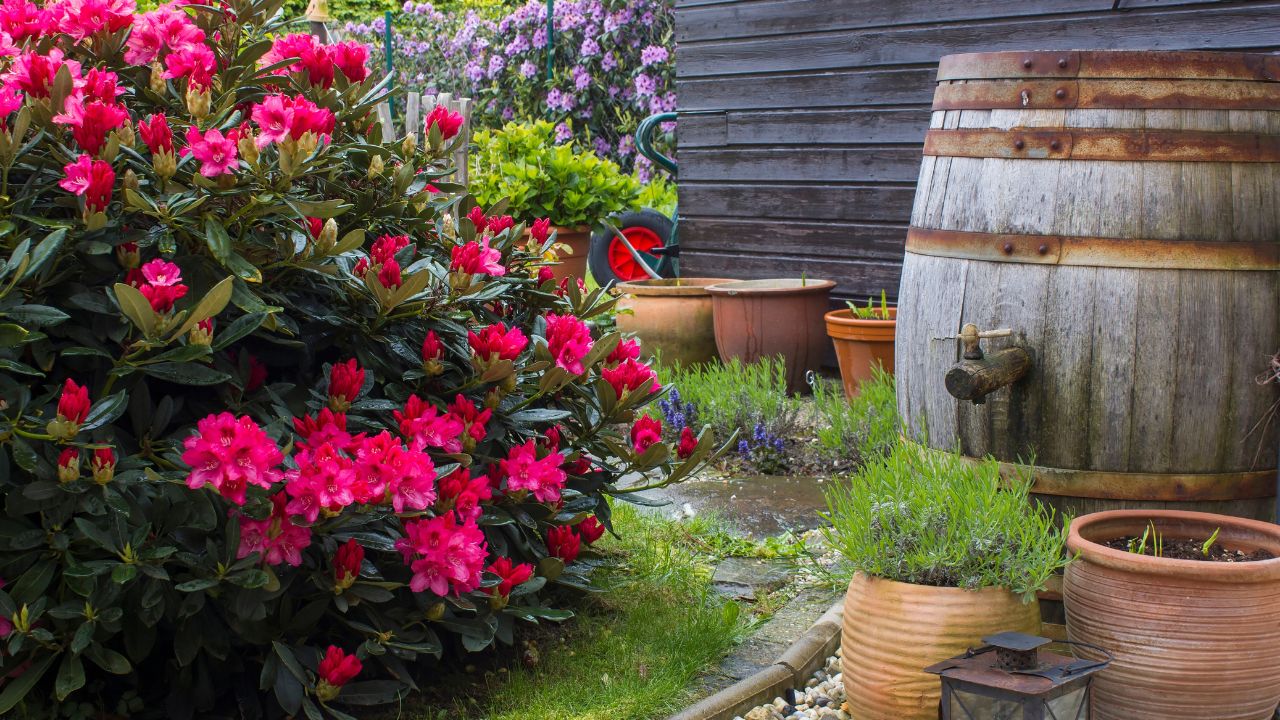
Image Credit: Shutterstock.
Given the unique gardening challenges created by spruce trees, you will want to look for plants that thrive in acidic soil and dry shade. Specific characteristics include a pH preference of about 4.5 to 5, a partial or full shade requirement, and drought tolerance.
Plants native to your region will likely do especially well, given that they are already adapted to local growing conditions. This also means that they will require very little care, giving you one less thing to worry about and reducing any stress on the tree from too much plant maintenance.
Plants That Grow Well Under Spruce Trees
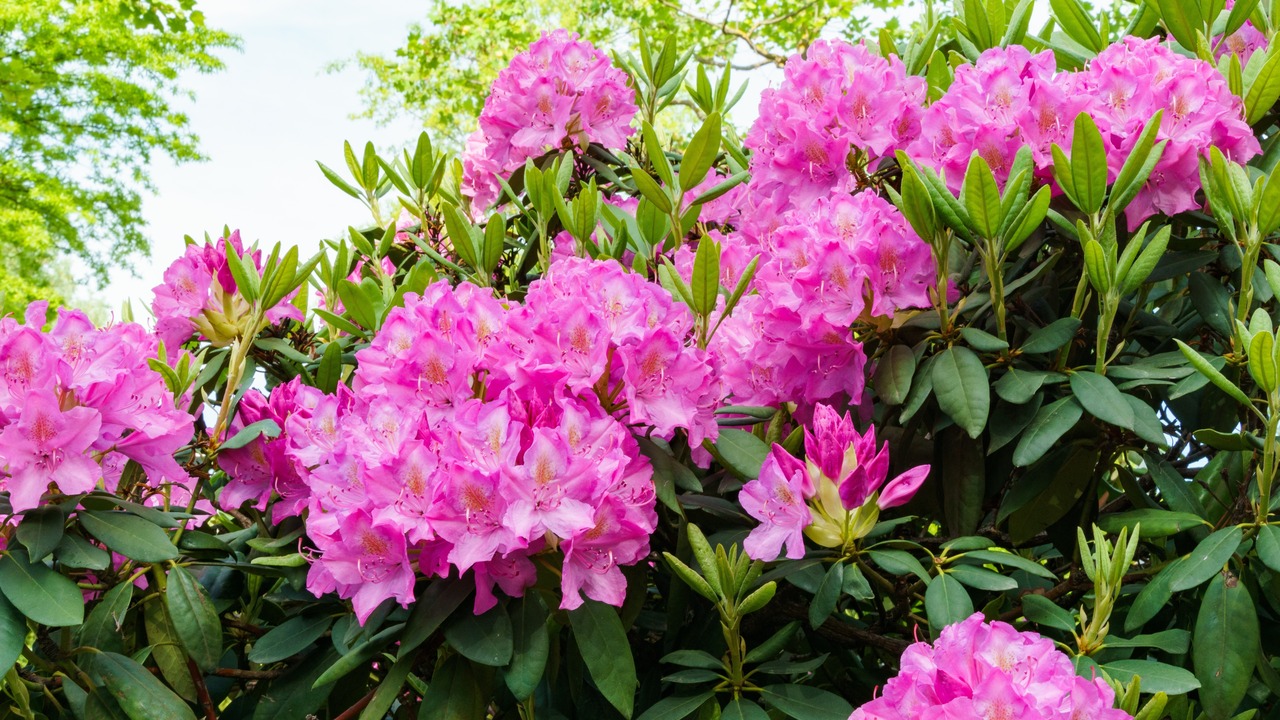
Image Credit: Shutterstock.
Since native plants often work best under spruce trees, most of the plants listed below are native to North America. Shrubs, of course, should be grown outside the dripline of the spruce tree, as they may grow too tall underneath the canopy and compete with the lowest branches.
Herbaceous Perennials
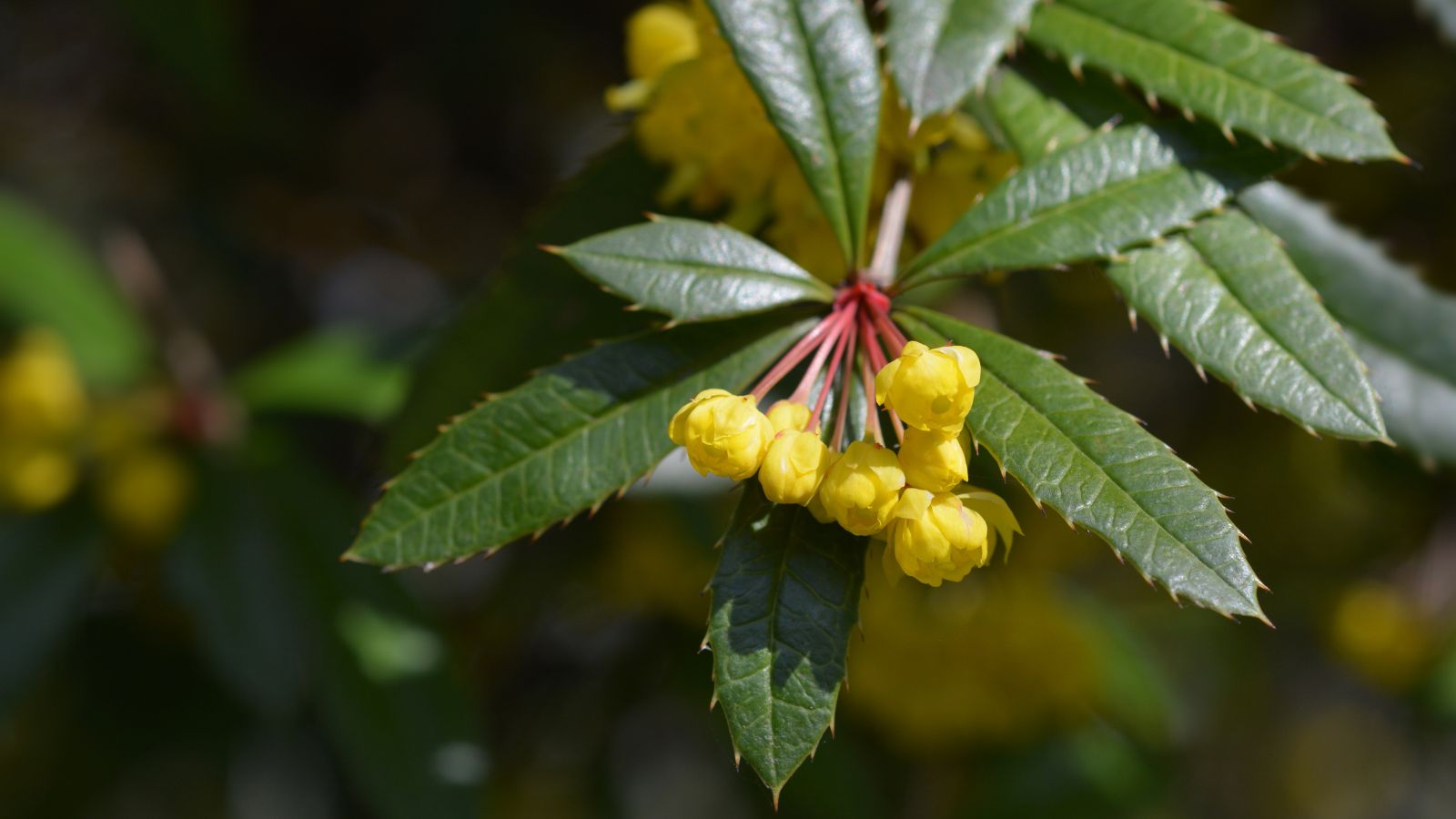
Image credit: YAY Images
While there are a lot of different perennials you could plant, here are just a few we suggest you plant next to your spruce tree.
For example, wintergreen (Gaultheria procumbens) is a low-growing, evergreen groundcover with leathery leaves, white to pink flowers, and bright red berries where bearberry (Arctostaphylos uva-ursi) is a spreading, evergreen shrub with leathery leaves that turn red in winter, dainty white to pink flowers, and crimson berries.
There is also the Wild columbine (Aquilegia canadensis), with nodding flowers featuring red sepals, yellow petals, and rounded, fern-like foliage.
Heartleaf bergenia (Bergenia cordifolia) is a clump-forming evergreen with rosettes of large, leathery, heart-shaped leaves and arching clusters of pink flowers on tall, thick, red stems.
White wood aster (Aster divaricatus) is a bushy, upright perennial that produces masses of tiny, starry white flowers with yellow centers
- Wild cranesbill (Geranium maculatum) – clump-forming perennial with shiny, lobed leaves and pink, saucer-shaped flowers followed by beaked seed capsules
- Woodland sunflower (Helianthus strumosus) – rapidly spreading, partial-shade-tolerant wildflower with narrow, oval leaves and sunny yellow flowers
- Mayapple (Podophyllum peltatum) – a rhizomatous woodland plant known for its large, umbrella-like leaves and inconspicuous white to pink flowers
- Bellwort (Uvularia grandiflora) – an upright, clump-forming plant with bright green leaves and pale yellow, narrow, bell-shaped flowers at the ends of arching stems
Ferns

Image Credit: Deposit Photos.
The same can be said for ferns under your spruce. Maidenhair fern (Adiantum pedatum) are small, graceful deciduous fern with shiny black stems and light green fronds arranged in a circular pattern. Lady fern (Athyrium filix-femina) are elegant deciduous fern that forms a large rosette of lacy, upright to arching, bright green fronds. And of course, Christmas fern (Polystichum acrostichoides) are remarkably drought-tolerant fern with leathery, dark-green fronds and a clump-forming habit perfect for use as a groundcover
Bulbs
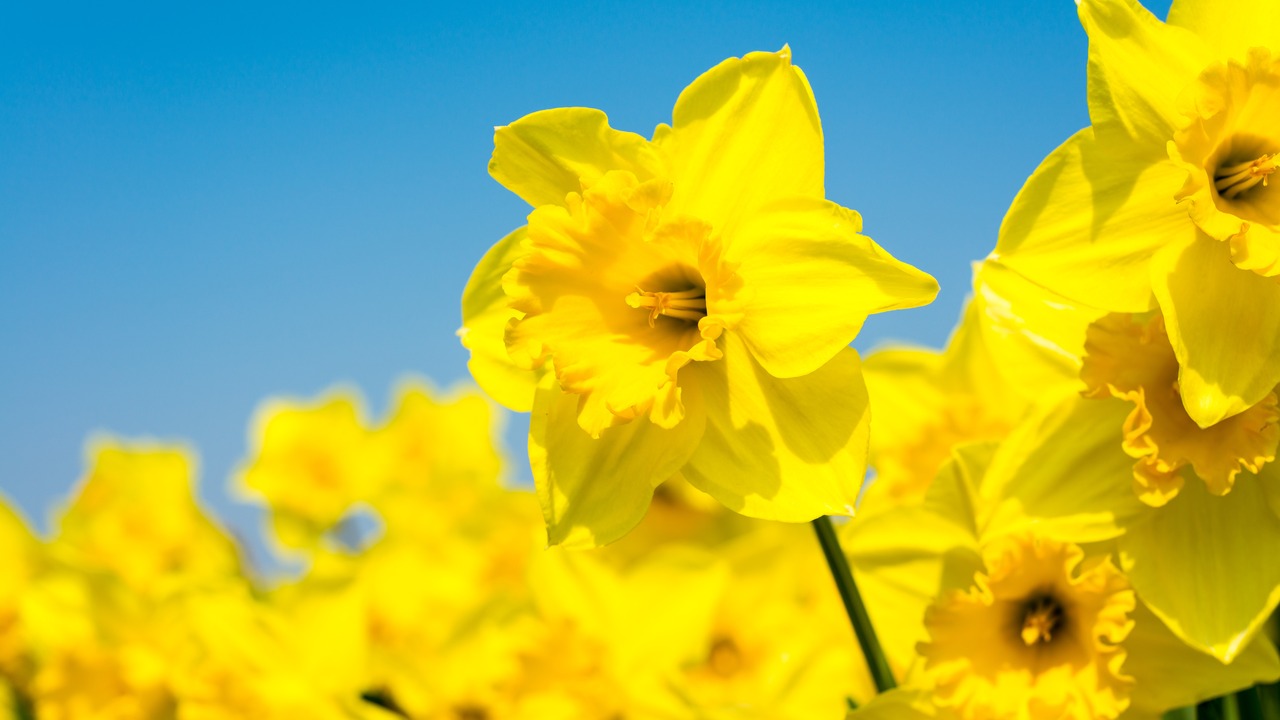
Image Credit: Shutterstock.
Spring starflower (Ipheion uniflorum) is an easy-to-grow bulb featuring tiny, white, star-shaped flowers and strappy foliage. Daffodil (Narcissus spp.) is, of course, a classic spring flower with cheerful trumpet-shaped blooms in varying shades of yellow, and fringed iris (Iris japonica) is a stunning iris featuring pale, fringed petals adorned with deep purple and bright orange designs
Shrubs
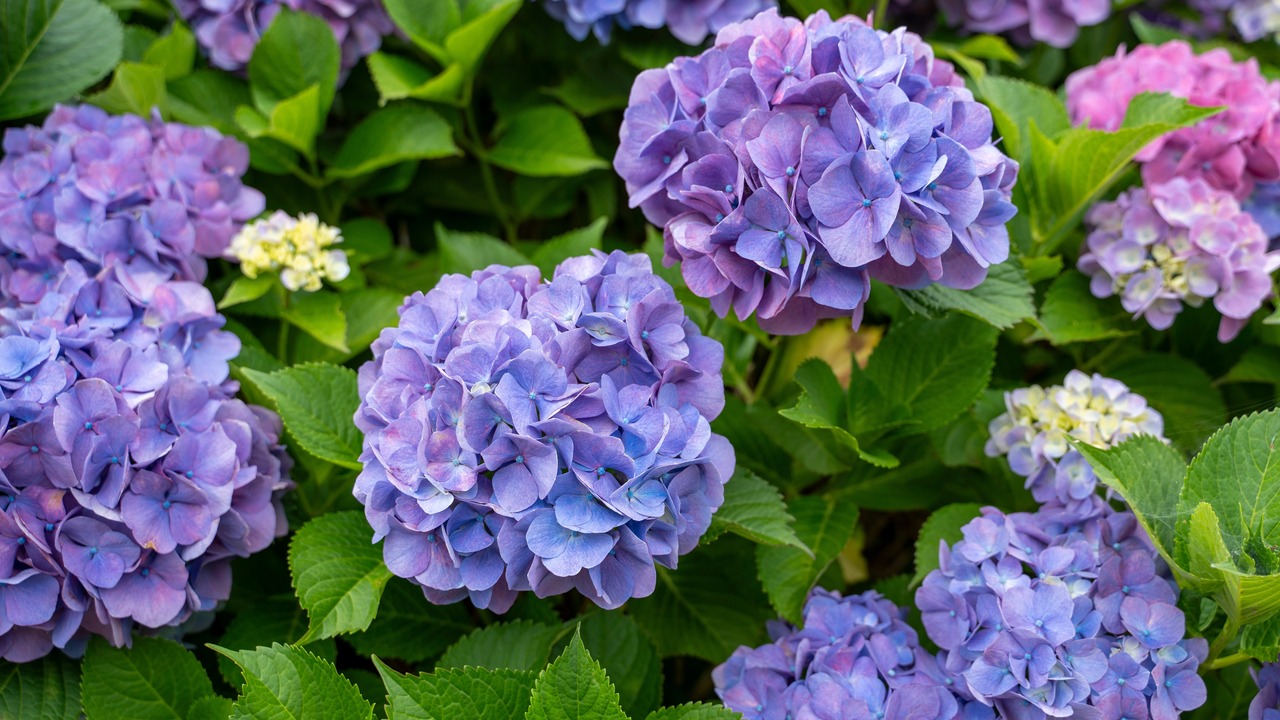
Image Credit: Shutterstock.
Last, but certainly not least, let’s talk about shrubs. Rhododendron (Rhododendron spp.) is a large, flowering shrub with thick, leathery leaves; azaleas, also in this genus, have thin, soft leaves. Blueberry bushes (Vaccinium spp.) are often upright shrub with oval, dark green leaves and sweet, powdery blue berries. A hydrangea (Hydrangea spp.) is large, deciduous shrub with showy white, pink, or blue flowers in rounded, conical, or lacy clusters

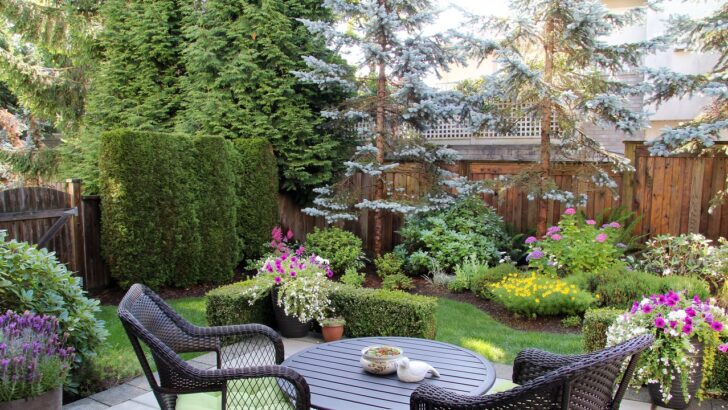

Best Landscaping Ideas For Your Home
Wednesday 17th of August 2022
[…] Landscaping under spruce trees […]